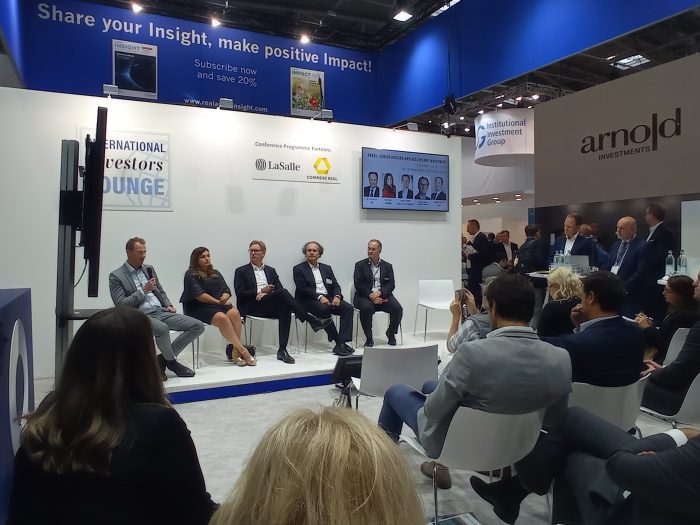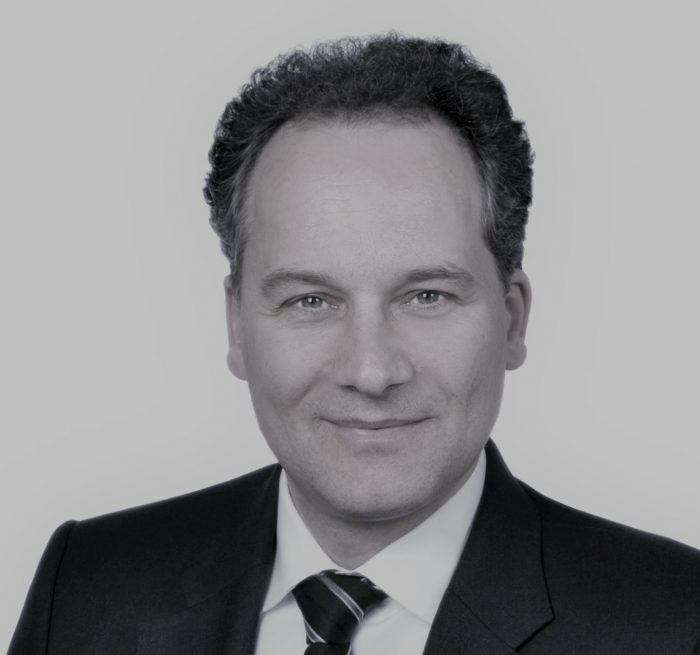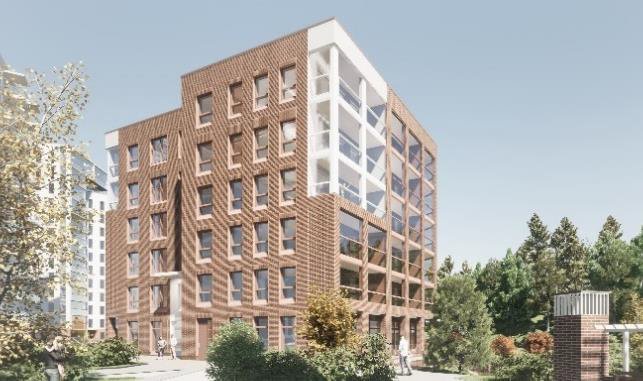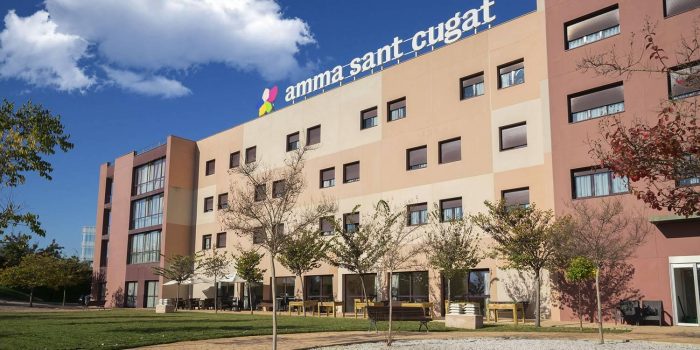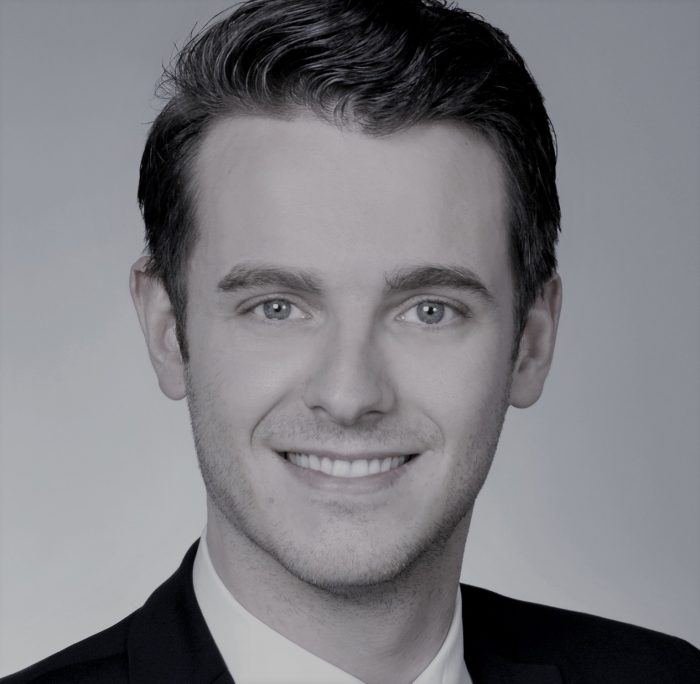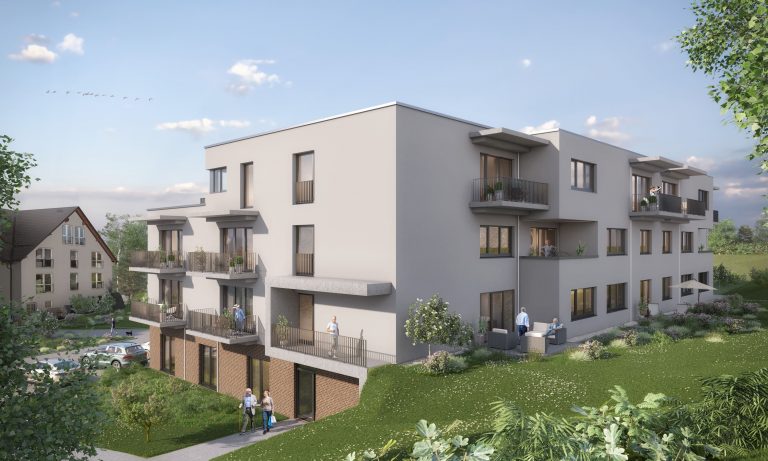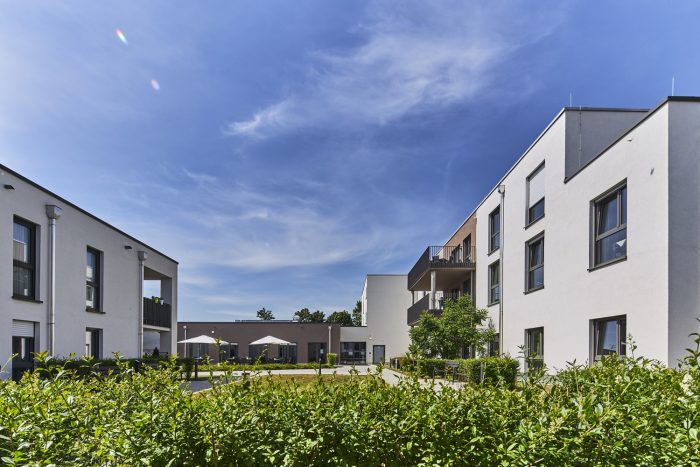Interview with Raoul Thomassen, Chief Operating Officer, AEDIFICA
Aedifica has had an intensive time in terms of its development in several European markets, while at the same time it has stepped up its sustainability ambitions by developing a new CSR framework. Can you tell us about the context of the new strategy?
We have structured our strategy around three pillars – our portfolio, our partners and our organisation. Within each of these three pillars, there are several actions that help us – as a future-proof organisation – to have a future-proof portfolio
When we talk about our portfolio, we talk about our ambitions to achieve net zero emissions by 2050.
When we talk about our portfolio, we talk about our ambitions to achieve net zero emissions by 2050. Aside from our intrinsic drive, this externally demanded by governments shaping regulations to achieve that goal, as well asfrom it from the investor side – investors expect us to develop a sustainable portfolio. We have been actively working on that, including by making our reporting more transparent.
We need to make sure that we are and remain an attractive employer in all eight countries in which we operate.
Another important aspect of our new framework concerns HR. As our portfolio grows, so does the number of people working in the company. We need to make sure that we are and remain an attractive employer in all eight countries in which we operate. To monitor that, we conduct an employee satisfaction survey every year to see if our staff identify with Aedifica and feel happy with us.
When it comes to our partners, we are talking first of all about the operators of our care properties who provide care services to residents. We work closely with them to make sure our buildings are of excellent quality when we deliver them and are well maintained throughout their lifespan.
Because we work with many partners, we have designed supplier charters that allow us to clarify what Aedifica expects from its partners and vice versa – what an operator or developer can expect from us.
Other key partners for our growing portfolio are developers. Because we work with many partners, we have designed supplier charters that allow us to clarify what Aedifica expects from its partners and vice versa – what an operator or developer can expect from us. These include CSR aspects, which range from ensuring that no child labour takes place within the entire supply chain, to environmental aspects when using detergents or cleaning materials in order to ensure that they are not hazardous to the environment. All these aspects are covered by our three-pillar strategy.
What is the nature of the relationships between each of the groups you mentioned and what role does each group play in the value chain?
The future needs of the elderly will increase significantly from 2025, when the baby boomer generation will be over 80. In particular, we are actively working with operators and developers to see how we can anticipate this increased demand. At Aedifica, we have a three-party agreement: we work with both developers and operators – the future tenants of our buildings. They will rent and operate that building for the next 20 to 30 years, so we want to make sure that when something is built, it fully meets their requirements. This is one of the most tangible ways in which these three elements work closely together from the start.
You can imagine that especially in developments, local authorities also play an important role in zoning because of the specific local needs they see. It is very common, or it is becoming more common, for a nursing home to be built not just as a stand-alone facility, but rather as a mixed-use development combining elderly care with child care and independent living, for example.
Senior housing and healthcare is often seen as an operator-driven market, and the reputation of the operator is absolutely crucial. How do you select the operators you work with?
We have a very diversified operator base. We work with some of the larger for-profit operators in Europe, but in specific countries we also work with many non-profit operators. For us, it is important that we can work with a party that is a reliable partner for us – which again can be profit or non-profit – in a long-term business partnership. We are not here for a short-term relationship – we are long-term investors and want to make sure we invest and lease to partners who also deliver quality and have the same time horizon.
We are long-term investors and want to make sure we invest and lease to partners who also deliver quality and have the same time horizon.
Working with smaller operators may mean they need more help or more real estate-specific knowledge. For us, this is not necessarily a downside, as we have that knowledge and are happy to share it, since it is beneficial for all parties involved. One example is making buildings more energy efficient. Larger operators have sometimes already developed their own knowledge in that area, but for smaller players our know-how and help is a great added value.
Interestingly, there is a lot of focus on social aspects. How do you ensure the social impact of your business activities in particular?
The social aspect is something we pay specific attention to when we acquire buildings and especially when we develop them ourselves. Authorities are also tightening their requirements in this area. Consider, for example, the Netherlands, where the authorities already require that your care home, when applying for a permit, has a certain minimum rating that is not only based on energy consumption or more traditional parameters, but also specifically takes those social aspects into account. For example, it is crucial that a care home is easily accessible and not too far from the city centre. So we need to ensure that we have buildings that can make their contribution to the local community. Not only by providing employment opportunities, but also by connecting people and providing a place where people from that community can physically come together. A great example of this comes from the Nordics, where parents can pick up their children from day care and visit grandparents at the same time, as the day care and residential care centre are housed in the same campus.
What are you currently doing to reduce environmental impact?
Buildings in general, looking beyond just our sector, are a big factor in global warming. According to research, carbon emissions from buildings account for up to 40 per cent of total emissions, so there is certainly a big role to play in ensuring that those emissions are reduced. If you ensure that you can significantly reduce those emissions, then you are better positioned as a company than other property owners who lag behind in that area and risk being left with stranded assets. We make a lot of efforts in this area. For example, we have established a specific framework for the sustainable development of new buildings in every country in which we operate, making sure that they do not emit more carbon emissions than a certain level we have set internally. Similarly, when acquiring existing buildings, we do not want to acquire buildings that not only emit a lot today, but may also be difficult to renovate tomorrow. These internal targets are critical for us to achieve net zero emissions by 2050.
We have a large existing portfolio. Some of those buildings are relatively young and already quite energy efficient, but there are also quite a few that are older and in need of renovation. And that’s what we need that partnership with the operators for as well: for a smooth process of making the buildings that are renovated in the next five to ten years more energy efficient. Maybe those buildings won’t even be carbon neutral when the next renovation is carried out, but at least they need to become a lot more energy efficient. That’s where we work together and where a lot of the technical aspects come into play. Implementing solar panels is quite easy, but then if you want to switch to low-temperature heating and replace all the windows, suddenly your residents can’t stay in their rooms while these works are being carried out. If you look at the increased energy prices, the discussion with operators working on energy saving has become more important, but also certainly easier in the sense that the urgency and feasibility of projects has increased significantly just because energy prices are now as high.
You are developing your portfolio in different European markets. What are some of the differences between the markets? How much influence does local knowledge have on your development strategy as you look into each country?
That is precisely why we have local teams. Without local teams, it would be difficult for us to grow the portfolio. Local teams have close connections with operators, with development partners, with local authorities… They are therefore a critical factor for us to grow in the markets in which we operate. Local markets are specific, which means there are differences in what authorities require of us. There are differences in the way the healthcare sector is regulated. In some of our markets, that may be at the national level. But in Germany, for example, it is at regional level and there are 16 different regions with their own regulations. These are not fundamentally or completely different, but there are differences that need to be taken into account. We therefore also work with local partners and developers to ensure that we meet all these different requirements. On the other hand, regulations should also not be overestimated. Yes, we want to make sure we are compliant, but in many cases, especially in terms of ESG, we have to go beyond some of the current regulations, simply because we know they will be tightened again in a year or three. We are not building for the next t

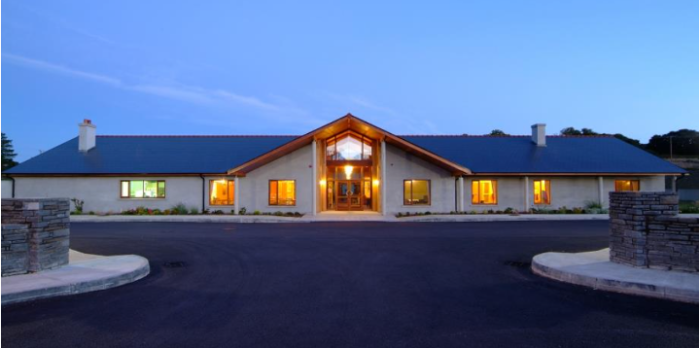
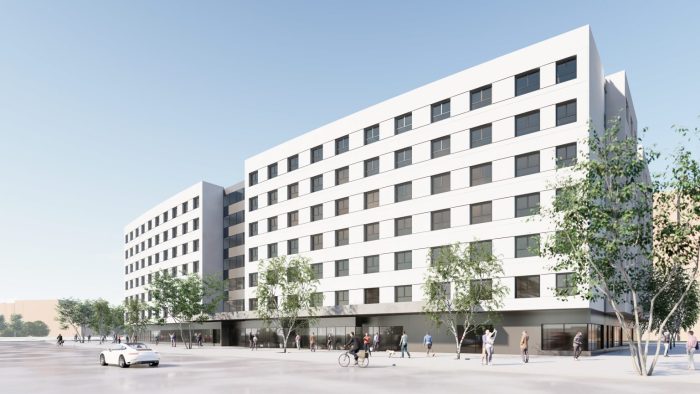
![Osaka: One of Japan’s four largest cities. [Image: Nomadic Julien/Unsplash]](https://shha.international/wp-content/uploads/2022/12/nomadic-julien-GrzSfB-jAOU-unsplash-1024x1024-1-e1670405229434-700x402.jpg)
